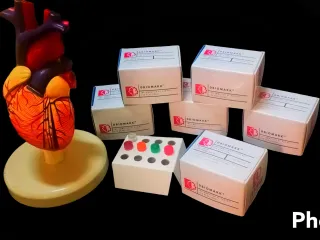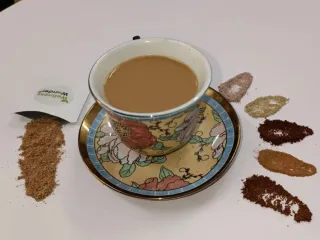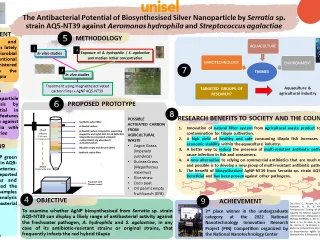Plants, fungi and animal secretions are rich in chemical compounds varying from phytochemicals to enzymes. In order to find the right compound that will for example lower glucose levels or as in our case that will block the receptor for advanced glycation endproducts (RAGE) is very work intensive. The difficulty of finding an appropriate chemical that blocks RAGE activation is associated with the multi-ligand nature of RAGE. Which means that a variety of ligands e.g. glycated glucose, lipids and nucleic acids can bind to the receptor and activate downstream reactions e.g. oxidative stress which then leads to DNA damage or cell death. Using Molecular docking can predict the likelihood of a compound binding to a protein e.g. receptor with an identified protein structure. The protein structure of RAGE has been published and can be found under the NIH databases. Tinospora crispa and T cordifolia are medicinal plants which are widely used in South East Asia for treating various conditions including hyperglycemia in diabetic patients. Hyperglycemia leads to the non-enzymatic glycation of proteins, lipids and nucleic acids which in turn will cause oxidative stress when these advanced glycation endproducts (AGE) bind to RAGE. After searching various databases, a list of chemical compounds found in T. crispa and T. cordifolia methanol and water extracts were compiled. Autodock Vina and Discovery Studio software were used as an insilico screening tool for compounds that bind to the binding site of RAGE and then block the activation of RAGE. The following phytochemicals: Borapetol A, a diterpene; berberines, an alkaloid, and Palmatine, also an alkaloid, were chosen for testing. The phytochemicals were docked with RAGE and the docking potential, bonds and their formation with the receptor were recorded. Borapetol A was one of the promising candidates. It formed hydrogen bonds towards ARG66, TYR155 and ASP14 while Berberine formed hydrogen bonds with ALA63, ASP14 and TRP62. Palmatine also formed hydrogen bonds with ARG66. On top of that, as a major facilitator of protein-ligand binding, hydrogen bonding confers rigidity to the protein structure and specificity to intermolecular interactions. The docking results helped to reduce the list of potential compounds/phytochemicals that will block AGEs binding to RAGE. With this shortened list in hands in-vitro assays (without and with cells e.g osteoblasts) as well as in-vivo tests can be conducted. In summary molecular docking can be used as a screening tool to narrow down the list of potential compounds isolated from plants, fungi or animal secretions.








Comment